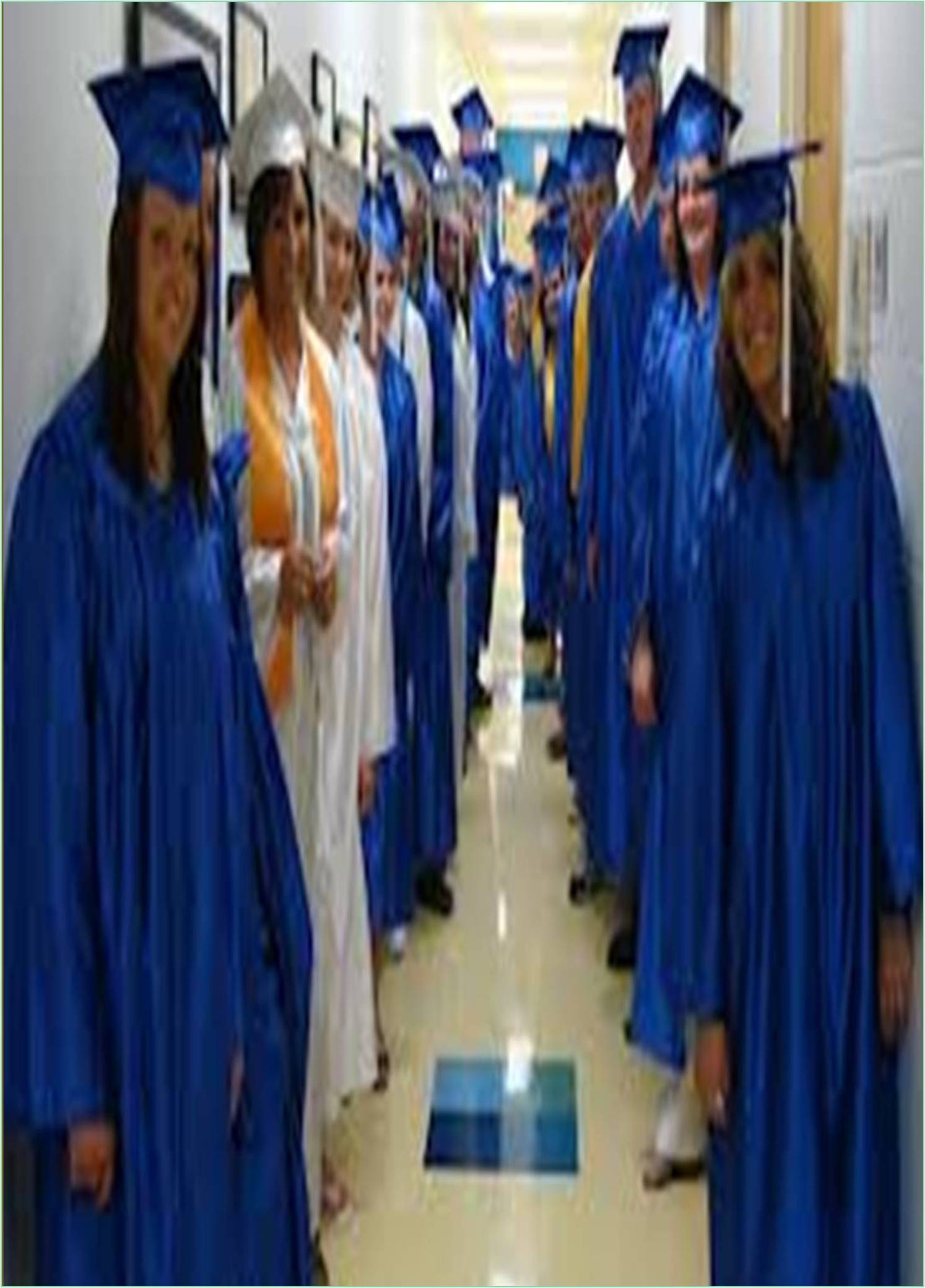



Received: 01-Dec-2022, Manuscript No. GJEF-22-83999; Editor assigned: 05-Dec-2022, Pre QC No. GJEF-22-83999 (PQ); Reviewed: 19-Dec-2022, QC No. GJEF-22-83999; Revised: 26-Dec-2022, Manuscript No. GJEF-22-83999 (R); Published: 02-Jan-2023, DOI: 10.15651/2449-061X.23.10.011
The most crucial subjects to be covered in schools and universities are self-regulation and academic success. The objective of the current study was to determine how Academic achievement and self-regulation among the students taught by the child of a police officer. The development of self-regulation skills in pupils has emerged as one of education's top priorities in order to enhance learning during the academic years. By completing their education, students can increase their chances of having a better-paying and more satisfying profession. In the majority of learning situations, it is also the essential element for success. Self-regulated students actively engage in the educational process on an emotional, motivational, and cognitive level. Instead of just passively following their professors' directions, these students actively engage in and direct their own learning by using a variety of tactics (Considine et al., 2002 ).
There are many different definitions of self-regulation throughout adolescence. In general, adolescent self-regulation involves the young person's capacity to act independently. Making wise decisions is a crucial component of autonomy. A self-regulated person establishes realistic goals and takes the necessary steps to reach them, making use of their resources while keeping conscious of their limitations. These people exhibit control over their psychological functions as well as environmental adaptability. Academic self-regulation can be characterised as self-regulated learning, or the motivational and behavioural mechanisms that enable people to activate and maintain thoughts, actions, and emotions in a systematic manner in order to achieve their own learning objectives. In recent decades, there has been a significant increase in the number of studies examining self-regulation. Likewise, the emphasis of study has changed from the concept to the uses of self-regulation. Scholars' interests in the promotion of self-regulation through a variety of techniques have grown in recent years.
The free-shooting practises of 43 male high school students to determine how much their basketball playing abilities influenced their self-regulatory ideas, sense of enjoyment, and self-reflection processes. Their results are consistent with the idea that no expert's inferior self-efficacy perceptions and poor decision-making about their learning strategies hinder them from being promoted as free-throw shooters. The relationships among student academic self-regulation, academic success, risky behaviour, student and parent religion, and mother's parenting style among African-American kids attending a Catholic institution. Their findings support the notion that maternal parenting style was found to modulate links between parental and student religiosity, even though no direct relationships between parenting style and student religiosity were detected. Investigated is the finding' applicability to the demographic being analyzed. The academic success of kids in elementary and secondary schools is connected to two important facets of self-regulated learning. Two meta-analyses combined prior research on the definition of self-regulated learning's metacognitive processes and students' usage of cognitive strategies. Although the overall associations were modest, both of them were surrounded by systematic variance (Christodoulos etal., 2006).
To understand this difference, five moderator analyses were carried out. The type of procedure or technique, academic discipline, grade level, self-regulated learning measure, and achievement measure all significantly affected average correlations. The hypothesis is mainly supported by follow-up tests that looked into the nature of these disparities.The implications of these discoveries in terms of theory, methodology, and application are also explored. (Florence etal., 2008).
The effects of self-regulated learning scaffolds on academic achievement in computer based learning environments were the subject of a meta-analysis that looked at studies from 2004 to 2015. The results showed that self-regulated learning scaffolds generally generated a considerably positive influence on academic in computer based learning environments. It is also indicated that because they showed significant impacts on academic achievement, both domain general and domain-specific scaffolds can support the complete process of self-regulated learning. A variety of study impacts are offered, together with their methodological characteristics, for discussion. This occurs as a consequence of the variations in university educational systems (Gross, 2004). Theory-supporting information has been made available by these discoveries. According to his study, learners don't always employ self-regulation techniques unless they are instructed in doing so and under pressure. They are recommended to focus on their information and learning in light of these findings and the impact that self-regulation has on students' academic achievement. In order to make their classrooms challenging and student centered, Academic staff and instructors in universities and other institutions of higher learning are instructed to give their students realistic expectations. The results of the current study may have effects on both teachers and students. Additionally, students can gain from developing self-regulated abilities by incorporating them into their learning procedures, which may aid in their development as independent learners (Kamtsios etal., 2008).
Considine G, Zappala G (2002) .The influence of social and economic disadvantage in the academic performance of school students. Am J Sociol 38(2):129-148. [Crossref] [Goggle Scholar]
Christodoulos AD, Flouris AD, Tokmakidis SP (2006). Obesity and physical fitness of pre-adolescent children during the academic year and the summer period: effects of organized physical activity. J Child Health Care 10(3):199-212. [Crossref] [Goggle Scholar]
Florence MD, Asbridge M, Veugelers PJ (2008). Diet quality and academic performance. J sch health 78(4):209-215. [Crossref] [Google Scholar]
Gross SM, Cinelli B (2004). Coordinated school health program and dietetics professionals: partners in promoting healthful eating. J Am Diet Assoc. 104(5):793-798. [Crossref] [Google Scholar]
Kamtsios S, Digelidis N (2008). Physical activity levels, exercise attitudes, self-perceptions and BMI type of 11 to 12-year-old children. J Child Health Care 12(3): 232-240. [Crossref] [Google Scholar]